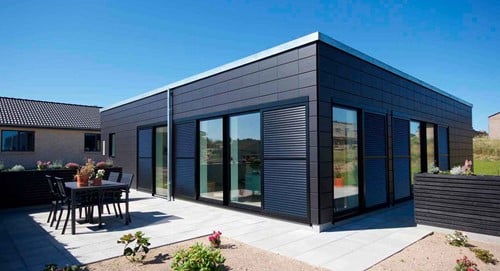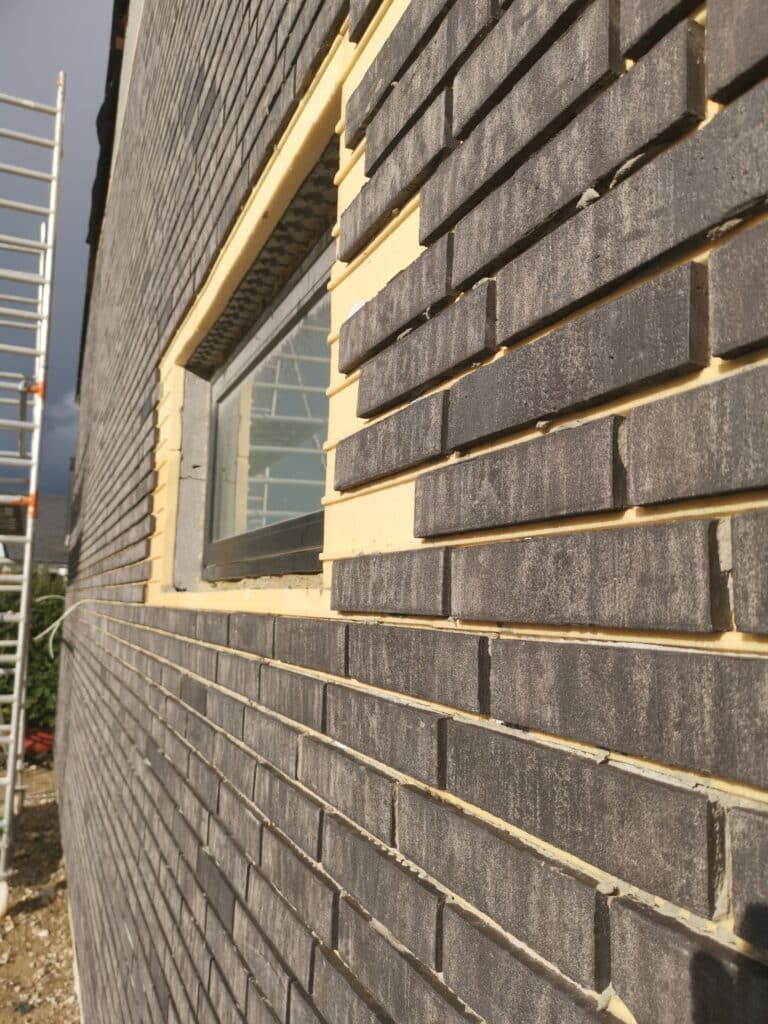PUR insulation
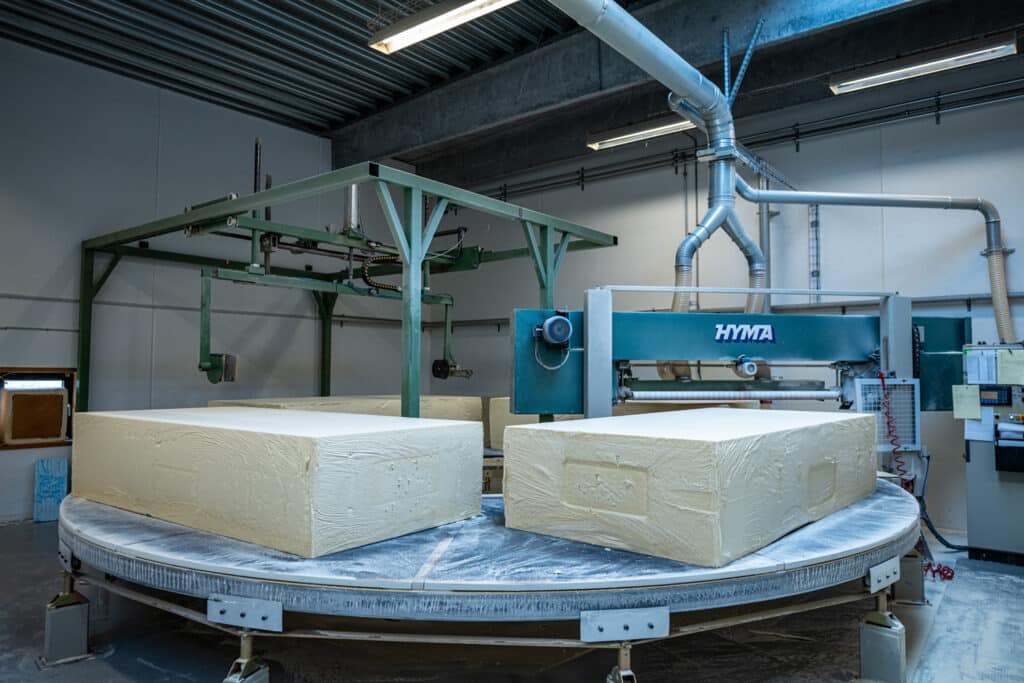
PUR for use in insulation products is one of our core competencies.
Polyurethane, often abbreviated PUR, is a type of plastic that has very good properties concerning insulation. PUR insulation is therefore used in many types of products, for example in the construction industry.
Casting high-insulating items in PUR is one of Tinby A/S' core competencies, and since project management and development of customized customer solutions are also one of our strengths, many insulation products in PUR start in collaboration between Tinby's and the customer's development departments.
The low lambda value of polyurethane of less than 0.028 W / mK means that there are large amounts of energy to be saved when using polyurethane in products where good insulation properties are an important parameter. Insulation with PUR improves the building's energy efficiency and reduces heat and cold waste, which in the long-run has a positive impact on climate change due to the low emission of carbon dioxide.
At Tinby Skumplast, which is now part of Tinby A/S, we produce foam boards made of PUR and PIR (polyisocyanurate). PIR/PUR foam is a cellular plastic, commonly referred to as a rigid or hard foam plastic.
PIR/PUR foam boards stand out for their resistance to water, mold, chemicals, and high temperatures – and they also have relatively low flammability. PIR/PUR foam is manufactured in boards, blocks, and sandwich panels.
PIR/PUR foam boards are a lightweight material that is easy to work with. They can be easily cut with a saw or knife. Furthermore, the material is adhesive-friendly, screw-retentive, and can be bonded with various types of glue.
Please note: We do not sell products directly to private individuals. Our solutions are offered exclusively to businesses and professional partners.
Floors and walls
Insulation of walls
For the retrofitting of buildings made of aerated concrete or other solid masonry, PUR and PIR foam boards provide a strong foundation for the final wall cladding.
We supply boards for both exterior doors and facade sections.
Roof insulation
We produce polyurethane boards for the retrofitting of roofs on halls and industrial buildings. The boards can be placed directly on existing felt roofs, and new roofing felt can also be applied on top of the polyurethane boards.
Floor insulation
PUR foam boards provide complete floor coverage, preventing thermal bridges from forming.
Installation can be done directly on concrete without the use of battens.
The finished floor, such as chipboard or parquet, can be laid directly on the boards.

EDGE FOAM: Thinner and more efficient insulation for windows and doors
For DIY stores, construction companies, timber merchants, and contractors
Edge foam is the everyday term for a piece of insulation foam, typically measuring 40 x 120 x 1200 mm, which is used in board form as an insulator around windows and doors instead of mineral wool.
The material, technically called PIR foam, insulates 35% better than mineral wool and is therefore increasingly used in the construction industry.
Construction companies, contractors, and carpenters can better meet the 2020 energy requirements for new houses by using this material, as edge foam provides significantly better insulation than traditional insulation materials – and in less space.
At the same time, the material is easy to work with because it:
- Can be easily cut and does not crumble or break
- Does not itch on the skin or cause eye irritation
- Has good resistance to high temperatures (and therefore low flammability)
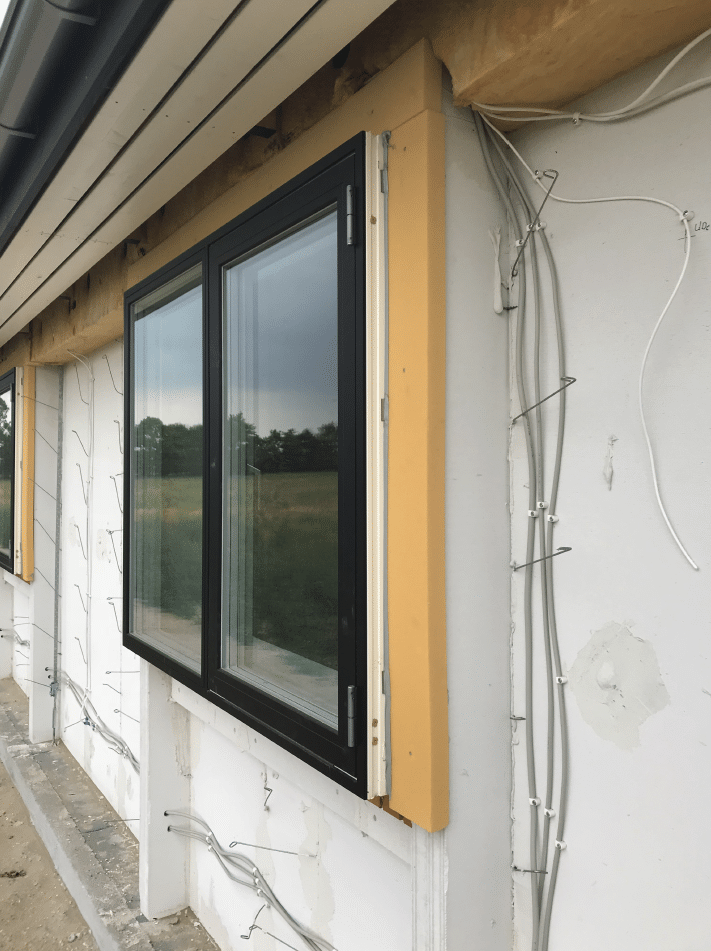
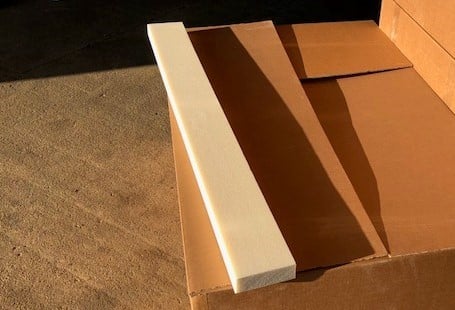
Custom production, prototypes, and model work
Tinby Skumplast offers custom manufacturing of polyurethane foam components on request.
We produce pre-manufactured core material for applications such as fiberglass work, model making, interior design, and decorative purposes.
Advantages of PUR boards and blocks
Boards or blocks made of polyurethane foam are easy to cut with a saw or knife. Polyurethane materials are adhesive-friendly and can be bonded with various types of glue.
Custom-made models are easy to work with and can be painted and lacquered.
Polyurethane is water- and weather-resistant and suitable for outdoor use.
Contact us about your project, and we will provide a specific proposal for your custom production solution.
PIR/ PUR foam sheets as an insulating material
Insulation with PIR / PUR foam sheets is relatively new in the Danish construction industry. The material is used for the manufacture of insulation panels for facades, roof structures, floor structures, in doors and windows. PIR / PUR foam plates are used as insulation, where optimal insulation as well as high compressive strength and stability are essential. It has a closed-cell structure and high crosslinking density, which means that it has excellent insulation properties, good heat resistance and high compressive strength.
OBS: Tinby Skumplast also supplies insulating sandwich panels and structural parts for refrigerated trailers, trucks, residential vehicles, commercial vehicles and trailers for the automotive industry. The company has over 40 years of experience with PIR / PUR foam sheets and sandwich panels for this industry.
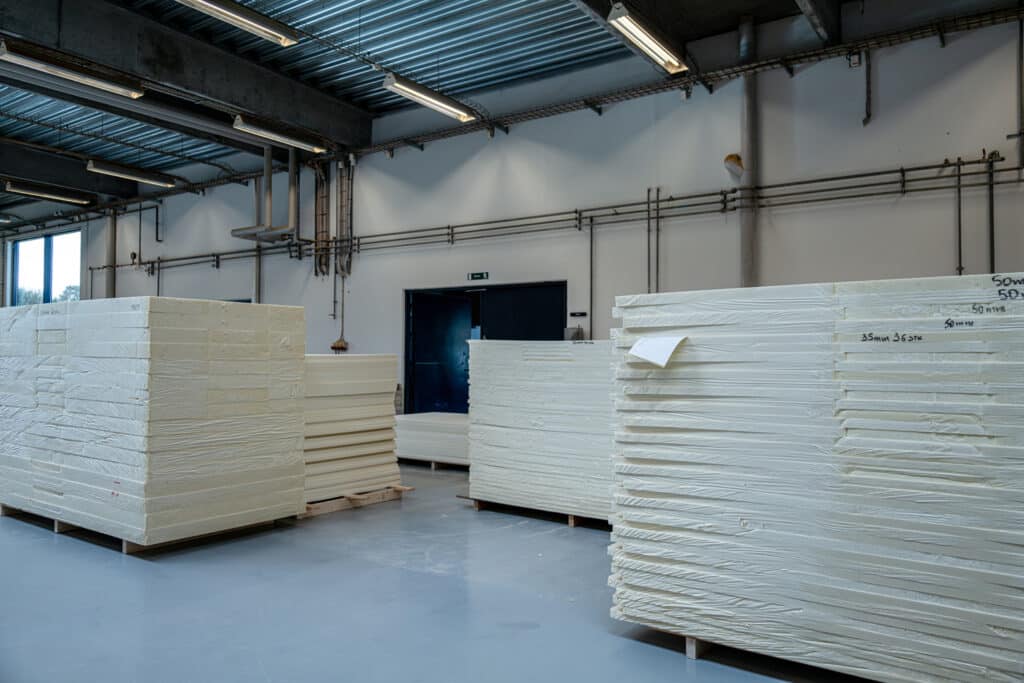
PIR/ PUR foam sheets
Due to the very low thermal conductivity of the material, even a thin layer of PIR / PUR foam sheet achieves the same energy efficiency level that most other insulating materials achieve at thicker layers. Therefore, less material is used to insulate buildings. Although all types of insulation can help improve a building's energy efficiency and reduce its carbon dioxide emissions, PIR / PUR foam sheets are one of the most effective materials available. It can be used both for new construction and for renovation.
The many advantages
- Good insulation at narrow thicknesses
- Long life span
- Shape-proof and dimensionally stable
- High compressive strength
- Water-resistant and does not absorb moisture
- Resistant to mould
- Chemical resistant
- Lightweight
- Can be machined with cutting tools
- Screw and impact resistant
- Adhere
- Easy to combine with other materials
- Can be prefabricated in custom sizes
Polyurethanes for the window industry
PUR for Window Profiles
Polyurethanes are often used due to its convenient low lambda values and good thermal insulation properties.
Polyurethanes may be processed like wood and is very useful in window profiles.
Lambda value approx. 25 mW/m·K
Insulating Foam 50 g/l
Super lightweight and insulating PUR is used where high demands are made on insulation properties and mechanical requirements are minimal.
Lambda value approx. 30 mW/m·K
Sandwich Constructions 150 g/l
Combines the advantages of lightweight, super insulation with that of a hard, strong surface to achieve a resistant profile.
Lambda value approx. 65 mW/m·K
Construction Foam 450 g/l
A density of approx. 450 g/l results in an extraction and impact similar to wood, but still with half the lambda value. Unlike wood, PUR does not split or crack when screwed into or machined with cutting tools.

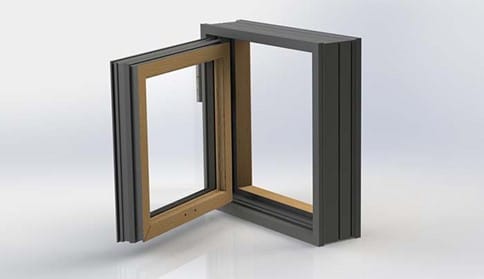
Advantages when using PUR in Window profiles
- Insulating
- Good properties for machining and painting
- PUR is temperature resistant -40°C > +90°C
- Possibility of embedding materials
- PUR allows but a minimum of water absorption
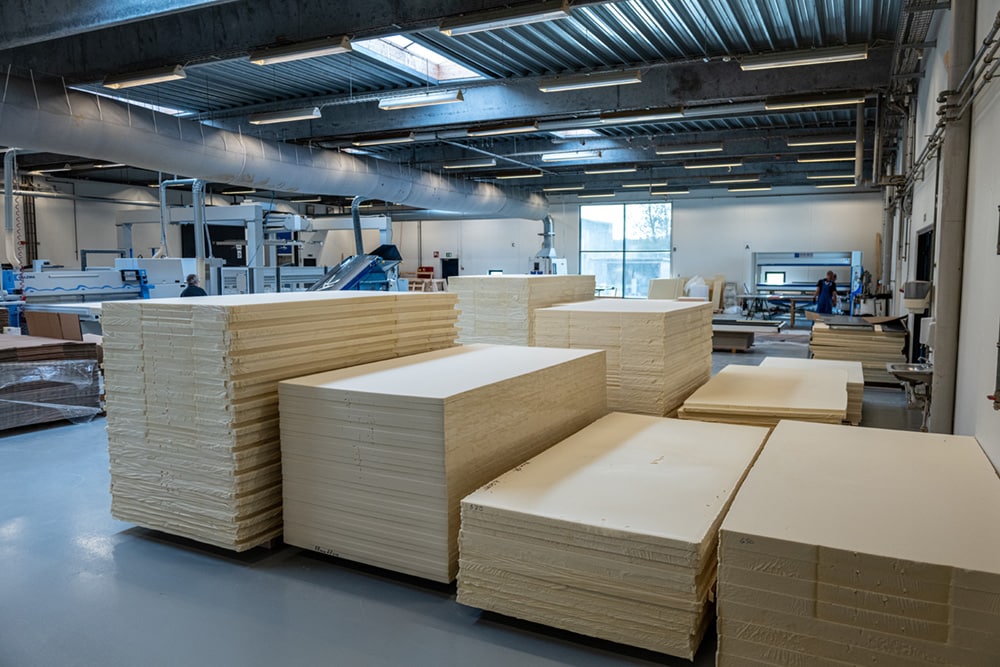
About Tinby Skumplast
Tinby Skumplast is part of Tinby A/S and therefore also part of SP Group A/S.
At Tinby Skumplast on Sunekær in Søndersø, we produce foam boards in PUR and PIR. Previously, we manufactured foam plastic from our factory halls in Tjæreborg since 1978 under the name LM Skumplast.
Through product development in close collaboration with customers and suppliers, along with decades of experience, we have built significant expertise in polyurethane foam.
Insulation cases
Would you like to know more about polyurethane and our other solutions?
We have the material, the technical know-how, and the production facilities.
Contact our Sales and Marketing Manager, Erik Kaag, for more information about polyurethane and the solutions we offer:
